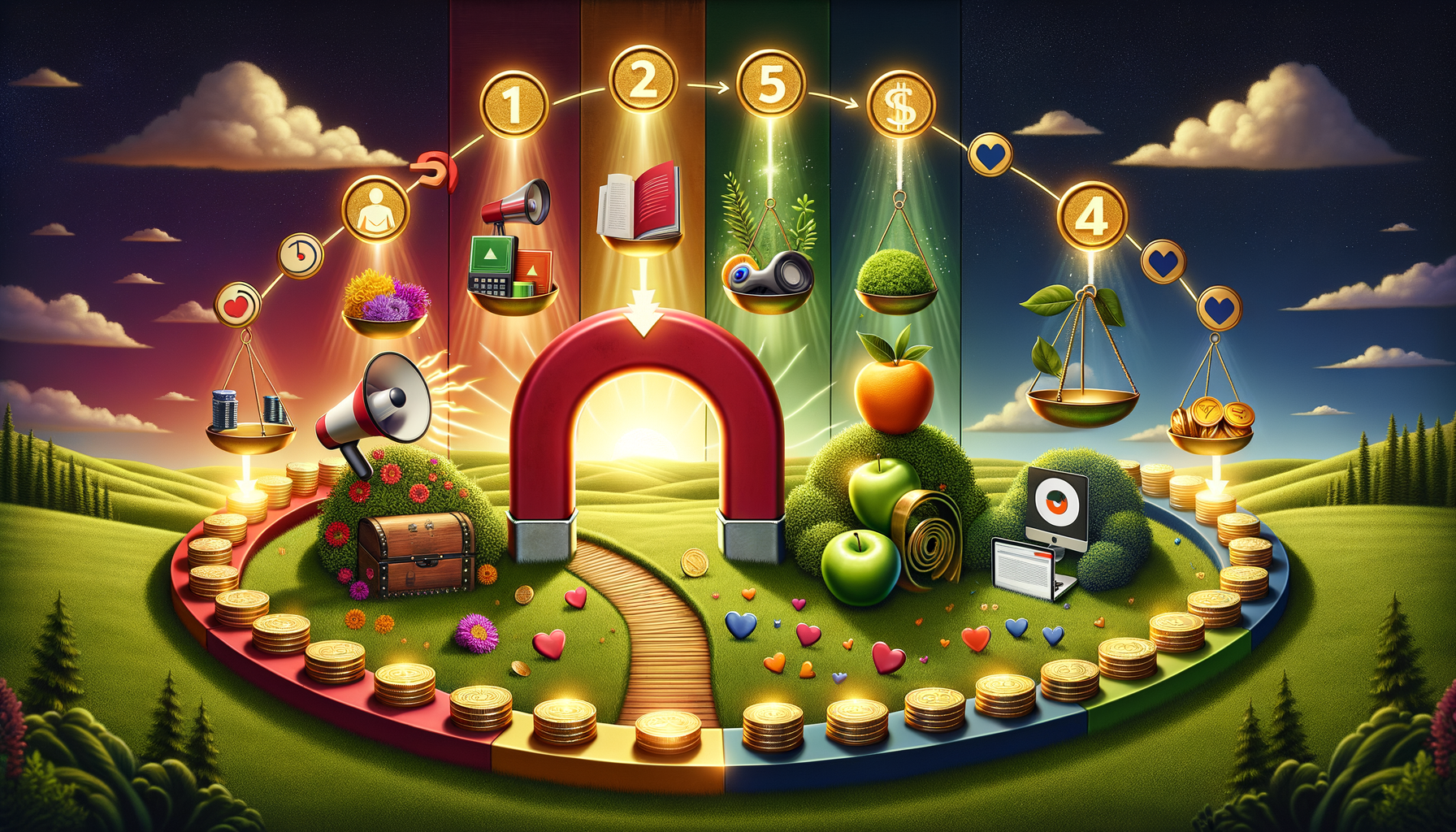“Optimizing Your Sales Strategy: Understanding and Implementing the Speaking Sales Funnel”

In today’s market, using a digital platform for business promotion is more than just a trend; it’s a necessity. Still, even though countless businesses are marketing their products and services online, few understand the concept of a marketing or sales funnel and the critical role it plays in generating leads and earning revenues. This gap in understanding can severely limit a business’s marketing efficiency and possibly compromise its growth and development. This article sheds light on the profound concept of a sales funnel and the importance of effectively communicating throughout its stages.
The marketing or sales funnel is a model that portrays the theoretical customer journey or purchasing process from the phases of awareness to the final act of purchase. It’s a tool that marketers use to structure and follow their sales process, making sure that they address potential customers’ needs at each stage.
Digital marketing professionals can employ a variety of strategies to guide prospects through the sales funnel. Success depends on combining these strategies with effective communication skills at every stage. Here’s why communication is critical throughout the sales funnel.
**Gaining a Common Understanding**
Marketing communication isn’t a matter of simply throwing out information and hoping it catches the interest of prospective customers; it’s a well-structured process. All stages of the sales funnel require clear, concise communication to work together seamlessly and drive potential customers towards a sale.
* **The Awareness Stage**
During this initial stage, prospects become aware of your brand and what you have to offer. Effective communication in the awareness stage requires brands to clearly communicate their products, services, or solutions via promotional campaigns. Communication techniques, such as educational content, blog posts, social media marketing, and SEO strategies, can help businesses boost their visibility and generate awareness of their offerings.
* **The Interest Stage**
Once prospects are aware of your brand, the goal is to pique their interest. Producing engaging content is key to communicating effectively during this stage, which is often achieved through webinars, eBooks, email newsletters, and targeted advertising. Providing valuable information during this phase greatly assists in establishing authority, credibility, and building relationships with prospective customers.
* **The Consideration Stage**
In the consideration stage, prospective customers are evaluating different options before making a purchase. Effective communication during this phase depends on providing clear and useful information about the advantages and features of your product or service. Case studies, whitepapers, dynamic presentations, and product demonstrations can offer the necessary information to help your prospects in their decision-making process.
* **The Decision Stage**
The decision stage often culminates with a purchase. Communicating effectively during this stage can involve presenting compelling incentives such as discounts, free shipping, or a time-limited offer. Testimonials, reviews, and endorsements can also reinforce confidence in your product and help prospects feel secure in their decision to choose your brand.
* **The Retention Stage**
This stage is all about fostering loyalty and turning customers into returning customers or even brand advocates, rather than stopping communication once a sale is made. Maintain contact through follow-up emails, customer satisfaction surveys, exclusive offers and continue to provide value through high-quality content.
**The Human Preference for Conversation**
People tend to be more likely to make a purchase or use a service when they feel a human connection with the brand. Understandably, customers connect more with businesses that use human language instead of formal, corporate language. Brands that master the art of speaking human often see significantly higher engagement rates which directly impacts their bottom line.
**The Marketing Strategy Level**
We just discussed how effective communication is key to different stages of the sales funnel, but how do you implement this in your day-to-day marketing strategy? Here are some active steps you can take:
1. **Create a detailed buyer persona**: Knowing your target audience allows you to communicate with them more effectively and address their specific needs and wants.
2. **Refine your messaging**: Evaluate your current messaging strategy and refine it to be crisp, clear, conversational, and customer-focused.
3. **Diversify your content**: Different stages of the buyer’s journey require different types of content. A diverse content strategy can meet the needs of prospects at each stage of the funnel.
**Infusing Empathy in Your Communication**
Being understanding and empathetic towards your customers’ needs goes a long way in nurturing trust and loyalty. A staggering 80% of customers say they are more likely to purchase from a brand that provides personalized experiences, according to Epsilon’s research. Empathy-based marketing helps brands forge strong bonds with their customers by understanding and addressing their needs.
**Knowing Your Communication Channels**
Different communication channels serve different stages of the sales funnel. Blogs, social media advertising, and SEO could be great for creating initial awareness. Email newsletters, eBooks, and personalised ads can help pique interest. Case studies and white papers can assist in consideration, while detailed product descriptions, prices, and promotions lead to a decision. Effective communication is not only about refining your message but knowing where and when to provide it.
Bringing all these tips together, embracing a conversational, human, and empathy-based approach is the key to optimize communication throughout the sales funnel stages. Remember, it’s not a rigid process, and it doesn’t happen overnight. It requires continuous evaluations and adaptations to keep pace with changing customer demands and market trends.
In summary, the sales funnel is indeed a very powerful tool in the hands of a marketer. Yet, it’s vital to remember that this tool is not purely transactional; it’s about relationships. Having the appropriate communication strategies in place throughout each stage of the funnel is just as crucial in the process of converting a lead into a loyal customer. To leave a lasting impression and to forge ever-lasting business relationships, brands should strive to humanize their voice, understand their audience, and provide genuine value at all stages. These practices will not only help maximize conversions but also ensure customer satisfaction and retention, leading to sustainable growth.

Recent Comments